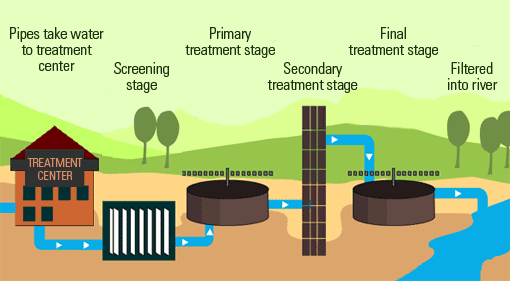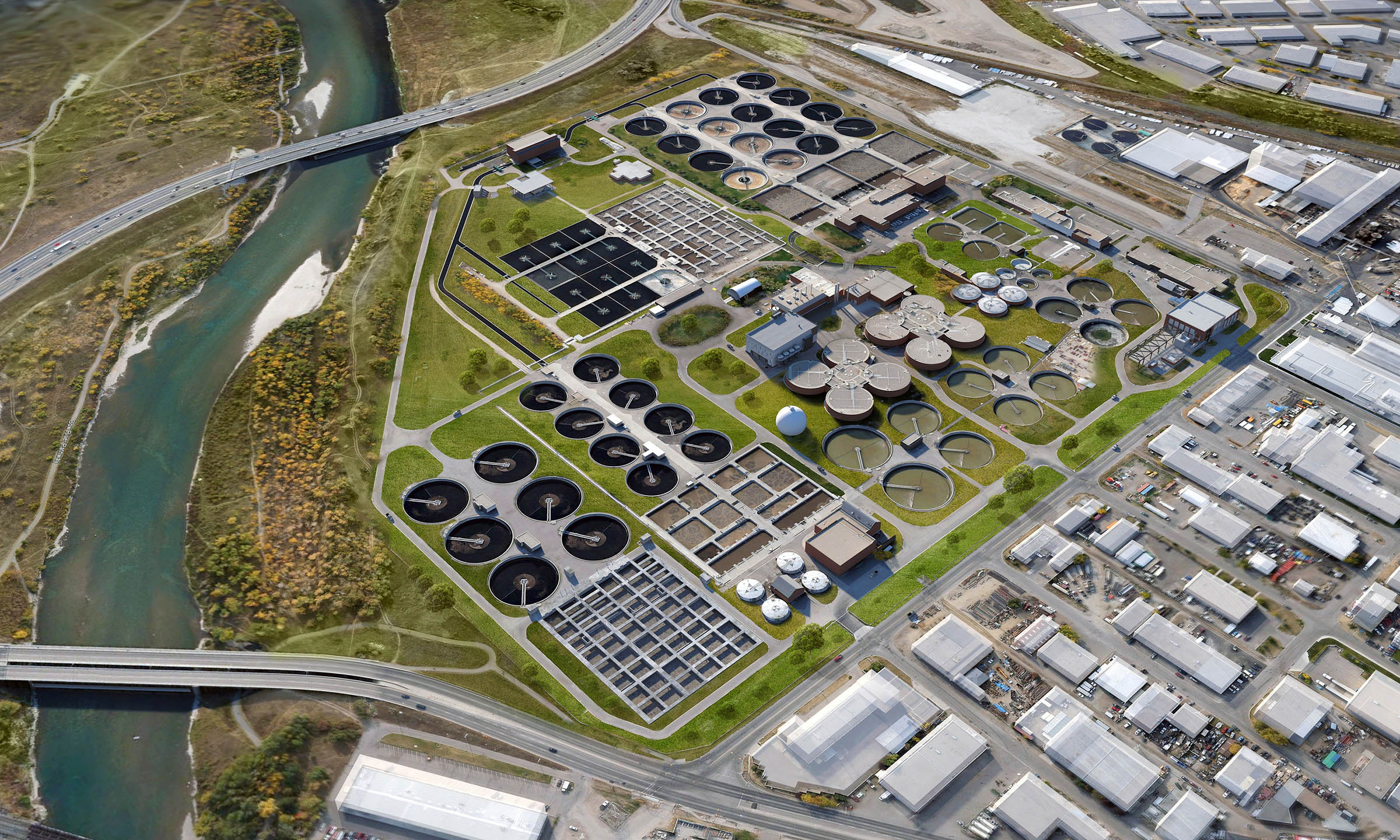Key Challenges in Urban Waste Water Treatment Strategies
Key Challenges in Urban Waste Water Treatment Strategies
Blog Article
Strategic Approaches to Improve Waste Water Treatment Effectiveness and Decrease Ecological Effect
In the realm of waste water therapy, the mission for boosted effectiveness and minimized environmental effect is a continuous difficulty that requires calculated remedies. As culture faces the crucial to handle water sources sustainably, a nuanced approach ends up being vital. The assimilation of sophisticated therapy technologies, energy-efficient procedures, resource healing techniques, improved nutrient removal techniques, and clever tracking and control systems represents a complex framework for dealing with these pushing concerns. However, what exists at the core of this complicated web of approaches is the prospective to transform the method we approach waste water therapy, not just as a procedure of disposal, yet as an important possibility for innovation and ecological stewardship.
Advanced Treatment Technologies
Advanced membrane layer filtering systems have actually revolutionized advanced wastewater therapy processes, considerably enhancing the elimination of pollutants. These innovative systems operate by requiring water via a semi-permeable membrane layer, effectively separating impurities from the water stream. The membrane's tiny pores catch pollutants such as microorganisms, viruses, and put on hold solids, enabling just cleansed water to go through. This technology has actually shown to be highly reliable in eliminating a vast array of contaminants, consisting of pharmaceuticals, hefty steels, and organic substances, which are typically challenging to get rid of through standard therapy methods.
In addition, membrane purification systems supply countless advantages over standard treatment approaches. Furthermore, these systems are very flexible and can be quickly incorporated right into existing therapy plants or used as standalone units for decentralized applications.
Energy-Efficient Processes
The assimilation of energy-efficient procedures in wastewater treatment systems is vital for maximizing resource utilization and decreasing functional costs. By implementing energy-efficient modern technologies, therapy plants can significantly decrease their carbon impact and overall environmental effect. One vital approach to boosting energy efficiency in wastewater treatment is the application of innovative oygenation systems, such as fine bubble diffusers or surface aerators, which can improve oxygen transfer performance and decrease power consumption. Furthermore, including power recuperation systems, like anaerobic food digestion for biogas production or utilizing excess warm for thermal processes, can help counter energy demands and promote sustainability.
Moreover, maximizing process control and automation with using innovative sensing units and keeping an eye on systems can improve overall power performance by readjusting procedures in real-time based on actual demand and problems. Applying energy audits and routinely checking energy efficiency indicators are vital methods to determine locations for renovation and track energy-saving campaigns efficiently. On the whole, the fostering of energy-efficient procedures in wastewater treatment not only benefits the setting however also adds to lasting cost savings and functional sustainability.
Source Recovery Methods
With a concentrate on optimizing resource use and sustainability in wastewater therapy systems, the implementation of source recuperation strategies becomes a critical aspect in improving operational efficiency. Resource healing approaches in wastewater therapy include the identification and removal of beneficial resources from the waste stream, thus transforming what was as soon as taken into consideration waste into a beneficial property. By executing resource healing strategies such as nutrient elimination and recovery, power generation from raw material, and the production of multiple-use water, wastewater treatment plants can lessen environmental impact while taking full advantage of performance.

Enhanced Nutrient Removal Techniques
Implementing sophisticated nutrient elimination methods is essential for maximizing the effectiveness of wastewater therapy systems. Boosted nutrient elimination plays a crucial duty in reducing the ecological impact of cured effluent discharged right into water bodies. One of the essential methods utilized for enhanced nutrient elimination is the procedure of organic nutrient removal (BNR), which involves the elimination of nitrogen and phosphorus through organic processes. This can be achieved via making use of specialized bacteria that can transform nitrogen compounds into inert nitrogen gas via denitrification, and build up phosphorus within their cells via a procedure called improved organic phosphorus elimination (EBPR)

Along with BNR, progressed therapy methods such as membrane bioreactors (MBRs) and built wetlands can likewise be utilized to improve nutrient elimination efficiency. MBRs utilize membranes to achieve high-grade effluent criteria by efficiently eliminating nutrients and put on hold solids. Built marshes imitate natural wetland procedures to eliminate nutrients via plant uptake, microbial task, and sedimentation. By including these sophisticated nutrient anonymous removal techniques into wastewater therapy towns, systems and industries can successfully reduce nutrient pollution and secure the atmosphere.
Smart Surveillance and Control Systems
Using innovative technology, the combination of smart monitoring and control systems transforms the operational effectiveness of wastewater treatment facilities. These systems incorporate advanced sensors and information analytics to continuously keep an eye on essential parameters such as pH degrees, turbidity, dissolved oxygen, and flow rates in real-time. By collecting and evaluating this data, operators can get beneficial insights into the performance of the treatment procedures, allowing aggressive changes to optimize therapy performance.
Smart monitoring and control systems likewise support remote monitoring capabilities, enabling drivers to access real-time data and control functions from off-site areas. This index remote availability improves functional versatility and responsiveness, enabling speedy treatments in situation of system malfunctions or variations in influent quality. The anticipating upkeep capabilities of these systems aid avoid equipment failings and decrease downtime, eventually enhancing the general reliability of wastewater therapy procedures.
Final Thought
To conclude, critical techniques such as sophisticated therapy modern technologies, energy-efficient procedures, resource recovery strategies, enhanced nutrient elimination methods, and smart surveillance and control systems play a vital duty in enhancing wastewater treatment efficiency and decreasing environmental influence. By applying these strategies, wastewater treatment plants can boost their general performance, lower energy consumption, recover valuable resources, and make sure compliance with ecological guidelines. These methods are crucial for sustainable and efficient wastewater management methods.

In final thought, calculated techniques such as advanced treatment technologies, energy-efficient procedures, resource recovery approaches, enhanced nutrient removal strategies, and clever tracking and control systems play a crucial role in boosting wastewater therapy efficiency and minimizing ecological influence.
Report this page